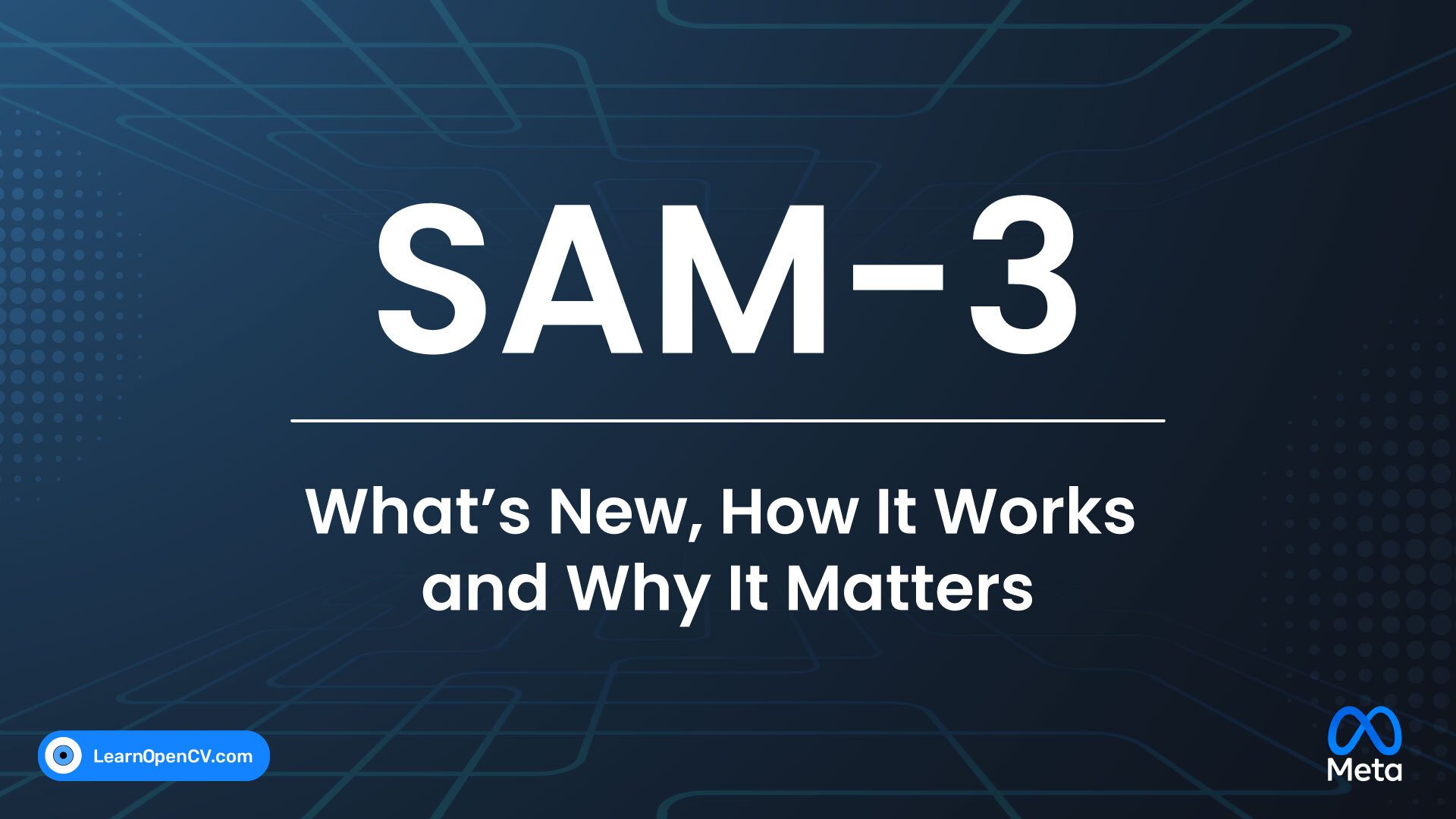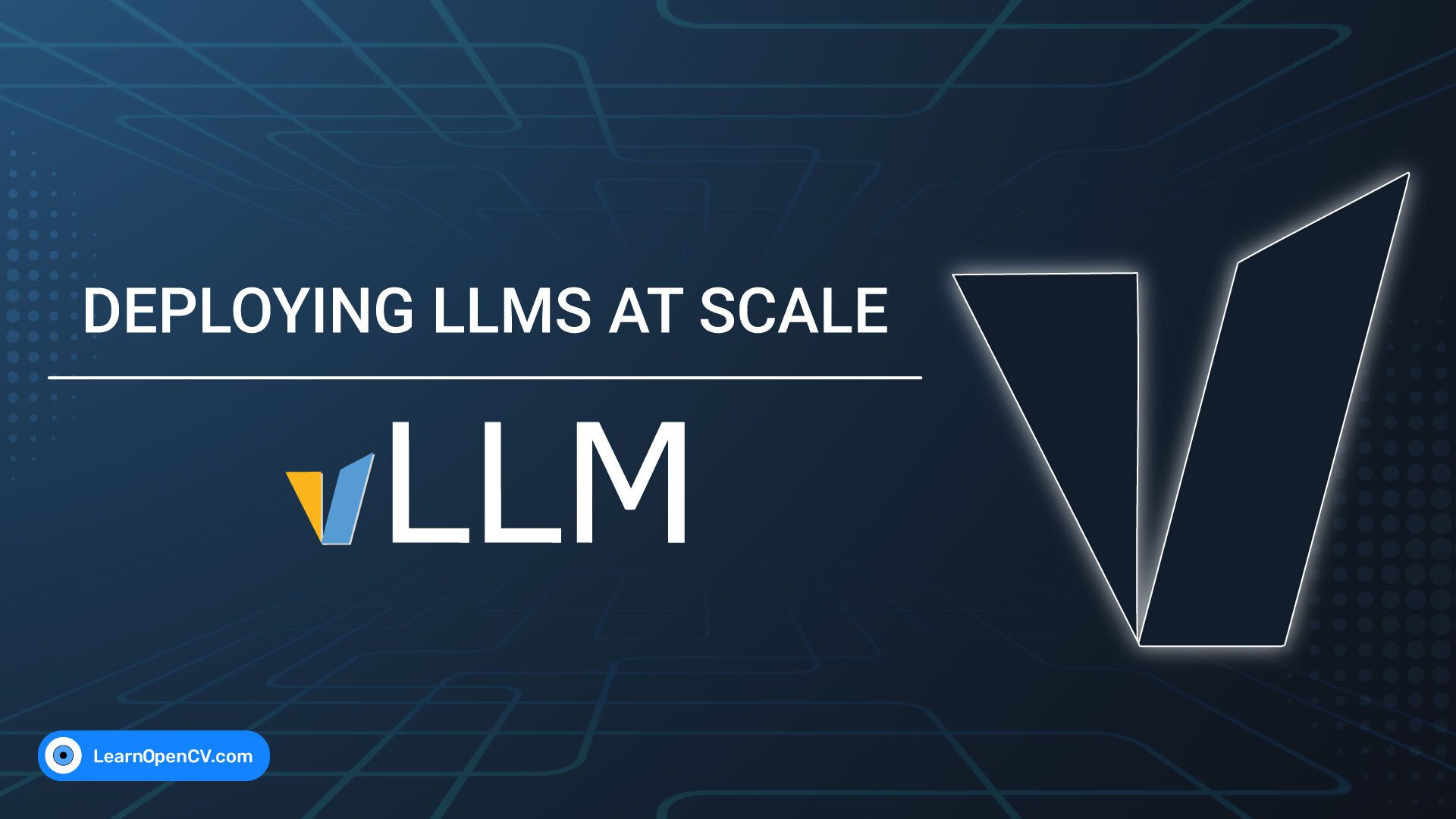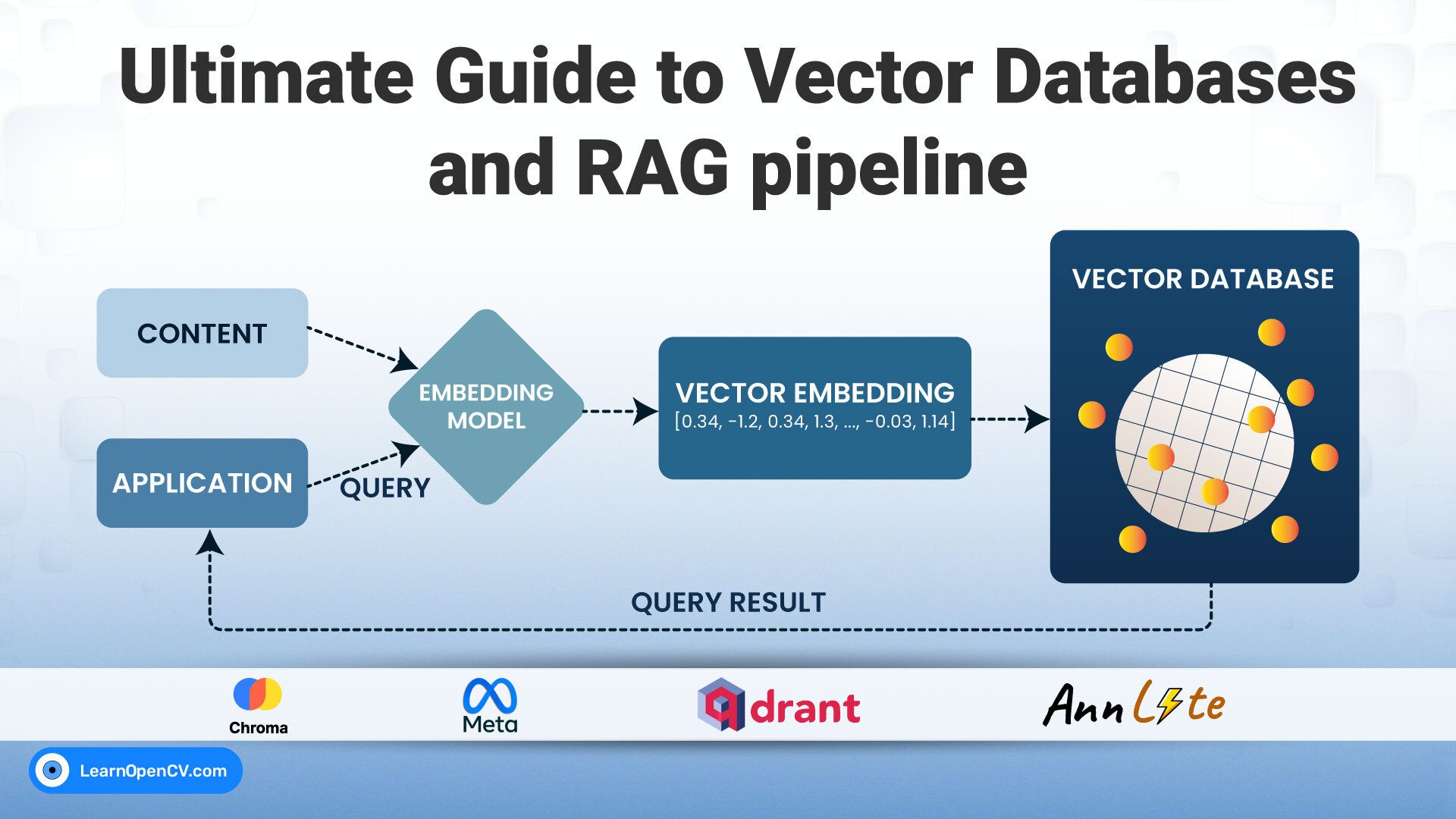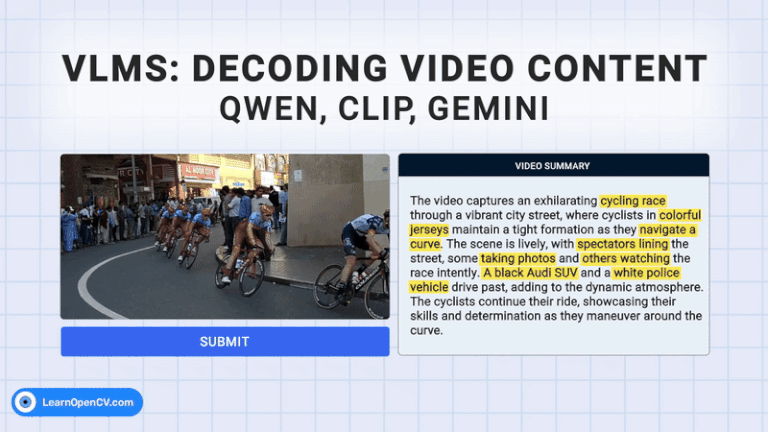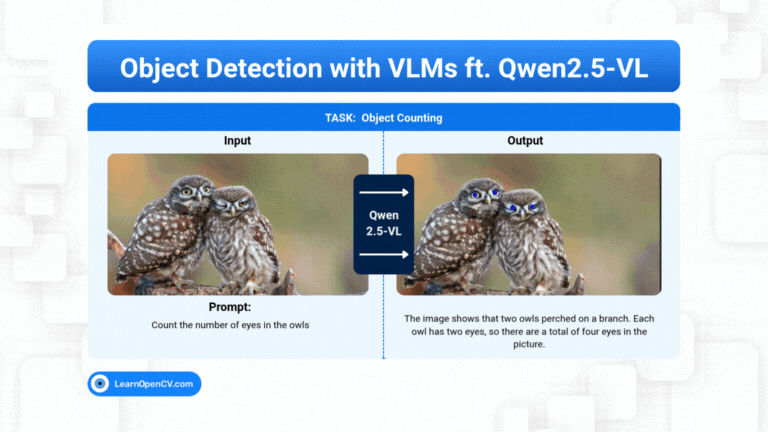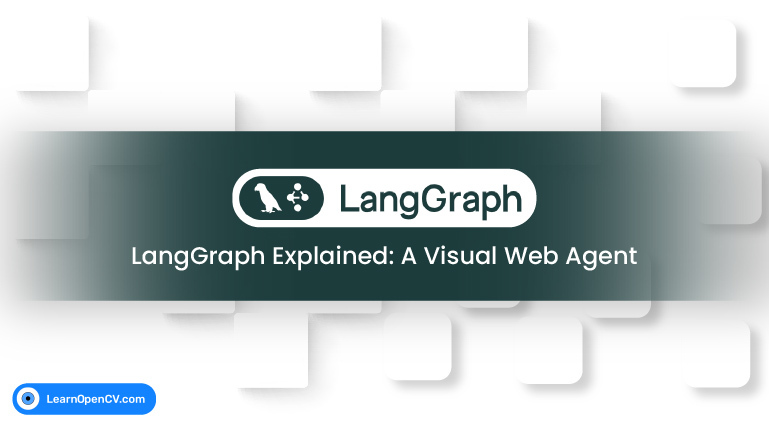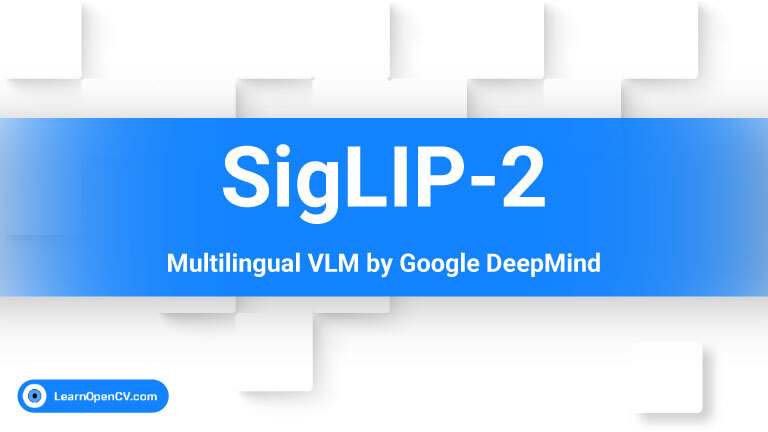Generative AI
The rapid growth of video content has created a need for advanced systems to process and understand this complex data. Video understanding is a critical field in AI, where the
Welcome back to our LangGraph series! In our previous post, we explored the fundamental concepts of LangGraph by building a Visual Web Browser Agent that could navigate, see, scroll, and summarize
Developing intelligent agents, using LLMs like GPT-4o, Gemini, etc., that can perform tasks requiring multiple steps, adapt to changing information, and make decisions is a core challenge in AI development.
SigLIP-2 represents a significant step forward in the development of multilingual vision-language encoders, bringing enhanced semantic understanding, localization, and dense feature extraction capabilities. Built on the foundations of SigLIP, this

